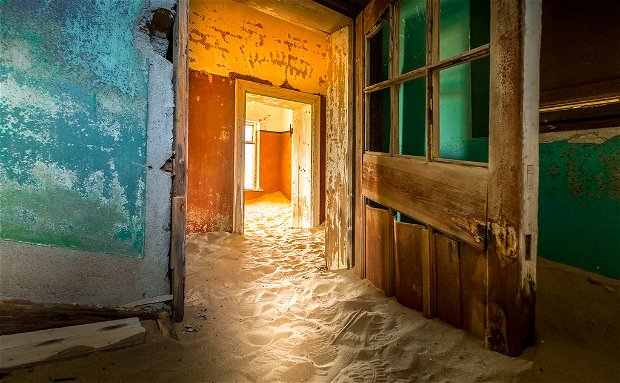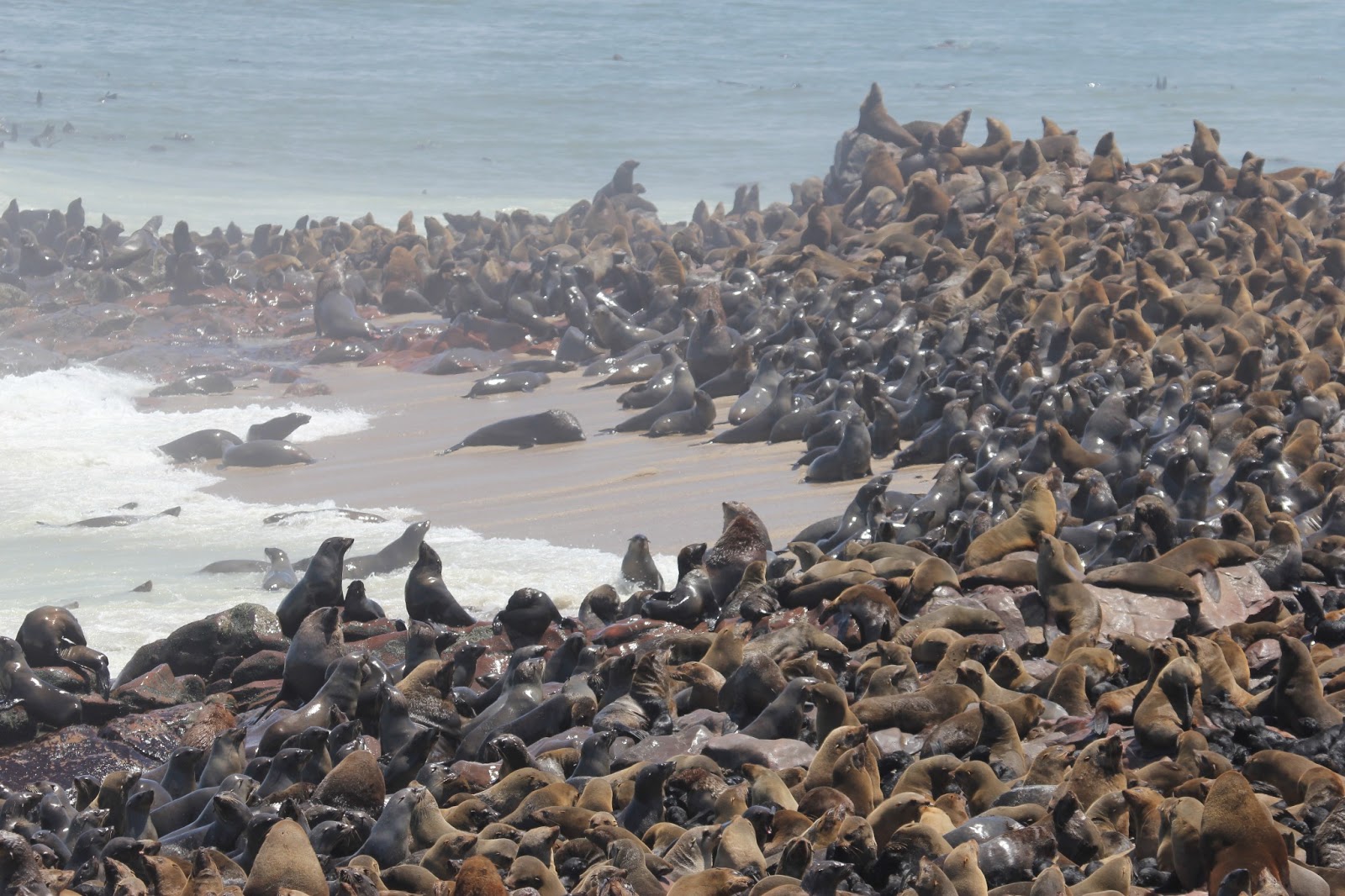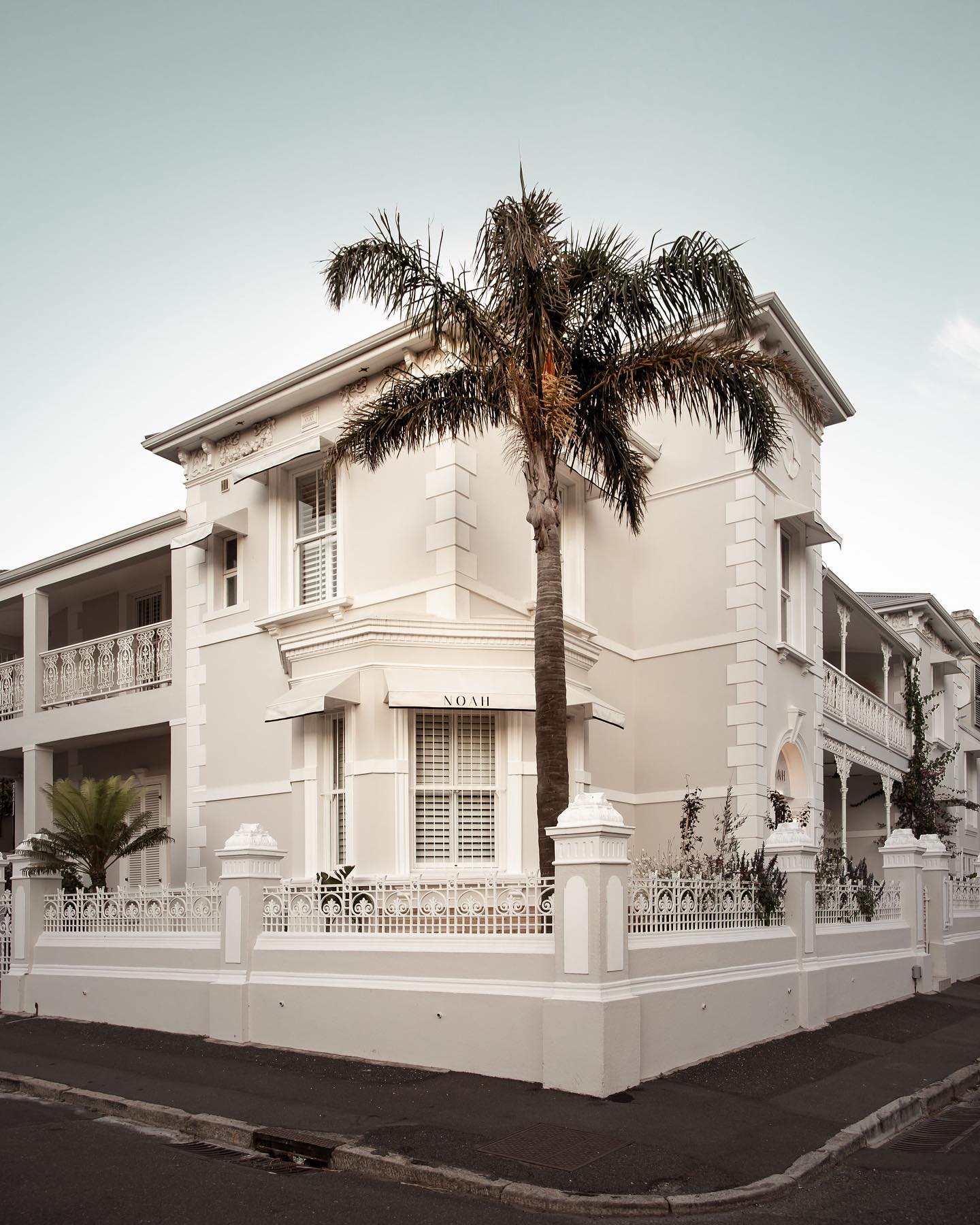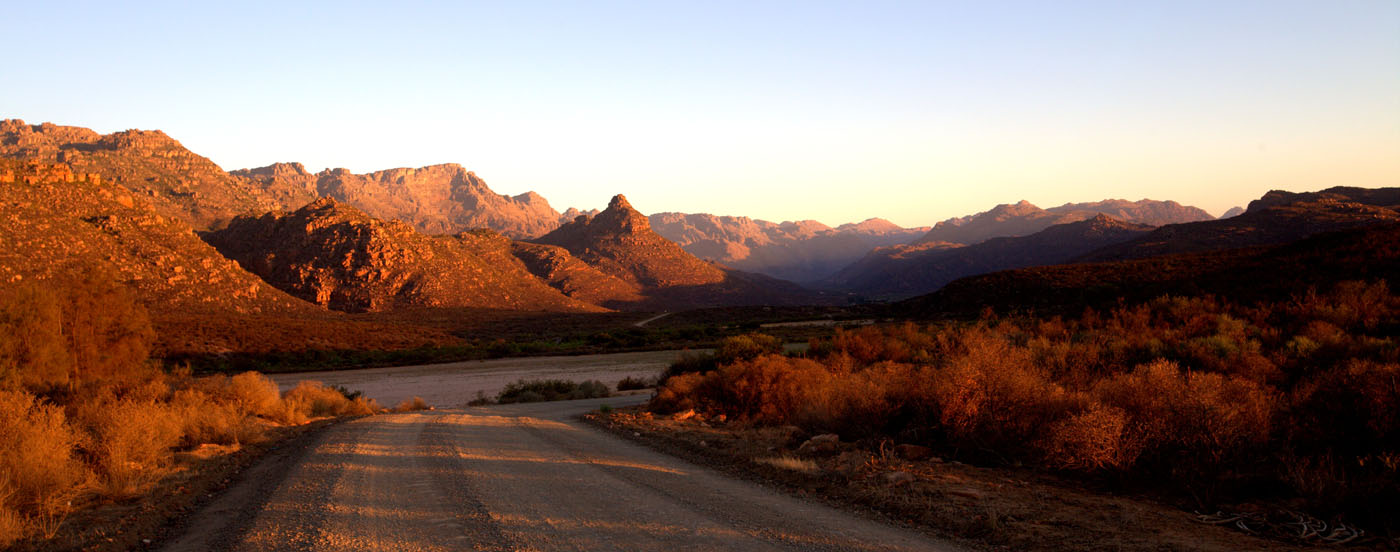A Journey through Time: Discovering Historical Landmarks in Namibia

Namibia is a country rich in contrasts and breathtakingly beautiful scenery, but it has much more to offer. This country in southwest Africa is a historical treasure trove, with a diversified population and a tenacious national tale told via a complex tapestry of cultures, events, and landmarks. Discover historical sites that resound with the voices of the past as you travel across
The Ghost Town of Kolmanskop: Remnants of Diamond Fever
The very fascinating town of Kolmanskop is the starting point of your historical adventure. Kolmanskop, a village in the middle of the Namib Desert, used to be a bustling centre for diamond mining. But this desert hamlet was abandoned, leaving behind a bizarre ghost town, as the diamond business declined.
The immaculately kept homes, some of which have shifting sands within, are open for exploration by guests. It serves as an eerie reminder of the diamond craze that had swept over this area.
Twyfelfontein Rock Engravings: Namibia's First UNESCO World Heritage Site
Situated amid the untamed terrain of Damaraland, Twyfelfontein is the site of some of Africa's most notable rock engravings. These prehistoric etchings, which feature complex geometric designs and creatures, are thought to be about 6,000 years old. This location offers an amazing view into Namibia's prehistoric history and was named Namibia's first UNESCO World Heritage Site.
Alte Feste: An Overview of Colonialism
Namibia's capital, Windhoek, provides a distinctive fusion of modern living and ancient sites. The National Museum is housed in Alte Feste, a building from the colonial era that translates to "Old Fortress" in German. Its eye-catching architecture and displays provide light on Namibia's history as a German colony and its journey towards independence.
The Hero's Acre: Remembering Namibia's Independence War
The Hero's Acre, tucked away in the Khomas Highlands close to Windhoek, is a moving and inspiring memorial to Namibians who gave their lives in the country's liberation struggle. This location is a place of introspection and remembering because of the impressive obelisk, sculptures, and the expansive view of Windhoek.
An Encounter with Early European Exploration at Cape Cross Seal Colony

The Cape Cross Seal Colony is located on the untamed Skeleton Coast. Here, the Portuguese explorer Diogo Cão erected a large stone cross in 1486, commemorating one of the first European landfalls on the African coast. Thousands of Cape fur seals call it home today, providing a unique combination of natural history and wildlife.
Tsumeb Museum: Revealing the Mineral Richness of Namibia
Tsumeb is well-known for its minerals and mines. Geology enthusiasts will find the Tsumeb Museum, housed in a historic German colonial building, to be a veritable gold mine. The museum sheds light on the region's geological past and is well-known for its collection of minerals from the Tsumeb Mine.
The Former Site: An Icon of Apartheid
The Old Location in Windhoek is a moving account of the hardships and obstacles Namibia faced on its path to independence. An informal community served as a testing ground for anti-apartheid sentiment. Its historical significance as a centre of anti-colonial and anti-apartheid movements cannot be denied, even though it is now a residential area.
Lüderitz: An Overview of German Colonial Buildings

The quaint colonial architecture of Lüderitz, a seaside town, is a reminder of its German colonial past. Perched atop Diamond Hill, with a stunning view of the town and the ocean below, is the German Evangelical Lutheran Church known as Felsenkirche, or Church on the Rocks. It is evidence of Namibia's colonial-era architectural legacy.
The White Lady of Brandberg: A Mysterious Ancient Rock Painting
Researchers and tourists have been enthralled with the mysterious White Lady, a prehistoric rock painting located on the Brandberg Mountain. The meaning and provenance of this artwork are still unknown, which lends intrigue to the area's rich past.
Independence Avenue: An Historical Tour
Walking down Windhoek's Independence Avenue, you can see the city's contemporary pulse. The avenue is adorned with monuments, statues, and other items that honour Namibia's struggle for independence. One important place to go is the Independence Memorial Museum, which provides a thorough overview of the country's journey towards independence.
Wrapping Up: Namibia's Dynamic Past

Namibia is more than just a beautiful place to visit; it's a living reminder of the people's tenacity and the experiences of those who came before them. You can fully immerse yourself in Namibia's rich history by visiting its historical landmarks, which include everything from colonial architecture to prehistoric rock art, the country's struggle for independence, and even eerie desert ghost towns. Discovering the past and connecting with the spirit of a country that is still defining its own destiny awaits you as you explore these locations.
These historical sites are Namibia's living historical narratives, not merely artefacts from the past. So set out on a historical voyage to learn about the rich and varied past that has moulded this amazing country. Along with leaving you in awe, this journey will strengthen your bond with Namibia and it's amazing people.
Contact us today to book your culture-filled Namibian Safari.

Share This Post